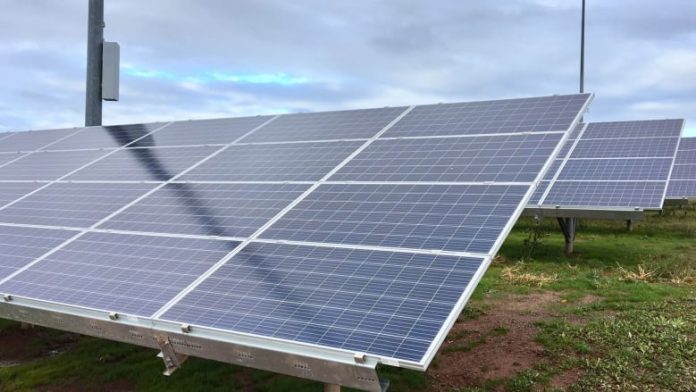The Spanish government says it aims to deploy 76 GW of cumulative PV capacity and 22 GW of storage by the end of this decade. The old version of the national energy strategy had set a PV target of 39 GW.
Spain’s Ministry for the Ecological Transition and Demographic Challenge (MITECO) has published a revised draft of the National Integrated Energy and Climate Plan (PNIEC) with a target of reducing greenhouse gas emissions by 32% compared to 1990 – surpassing the previous goal of 23%. The draft is currently open for public consultation until Sept. 4.
To meet these targets, the new energy strategy outlines a plan to have 214 GW of total installed capacity in the electricity sector by 2030. This includes 160 GW from renewable generation and 22 GW from various forms of storage.
The document acknowledges that the distribution of technologies is subject to change based on factors such as technology advancements, costs, availability, and integration capacity. It emphasizes the potential of photovoltaics, projecting a capacity of 76 GW by 2030, including 19 GW for self-consumption. The previous version of the plan aimed for 39 GW of solar photovoltaic capacity. As of the end of 2022, the PV source had reached 20 GW, indicating a need to deploy an additional 56 GW in the next eight years.
The plan also includes the addition of 62 GW of wind power, including 3 GW of offshore wind, 14.5 GW of hydro, and 4.8 GW of concentrated solar power (CSP)。 Non-renewable technologies are accounted for as well, with expectations of 26.6 GW of gas combined cycles and 3 GW of existing nuclear power plants by 2030.
Furthermore, the new plan raises the target for green hydrogen generation through electrolyzers to 11 GW, compared to the 4 GW outlined in the current roadmap.
José Donoso, director of the Spanish solar energy association UNEF, expressed a positive view of the new plan, stating that the objectives are attainable. He emphasized the importance of storage expansion and urges expedited regulatory measures to facilitate action.
Regarding the industrial plan mentioned in the draft, which addresses solar manufacturing, Donoso pointed to the budget of €1 billion ($1.09 billion) and the growing interest of panel manufacturers to invest in Spain. He emphasized the need for swift administrative authorizations and suggested promoting a “welcome packet” to attract investment.






